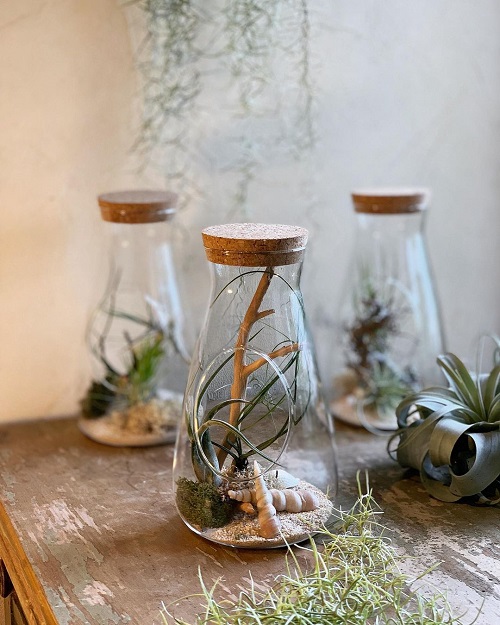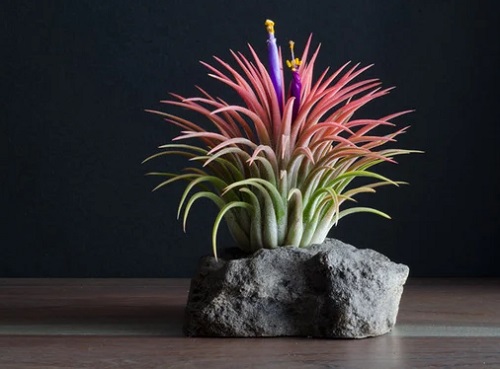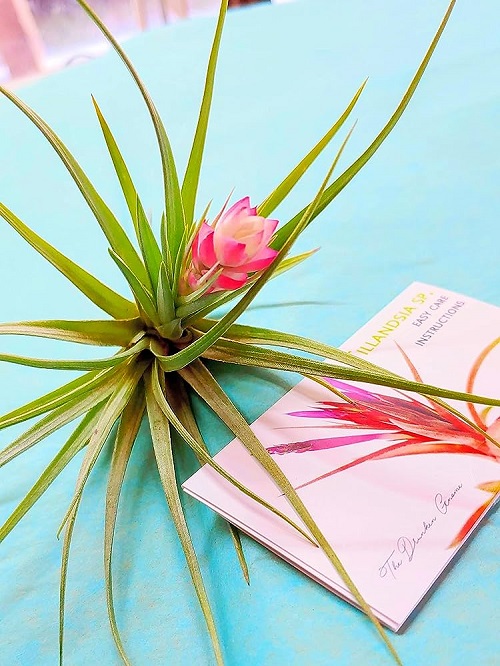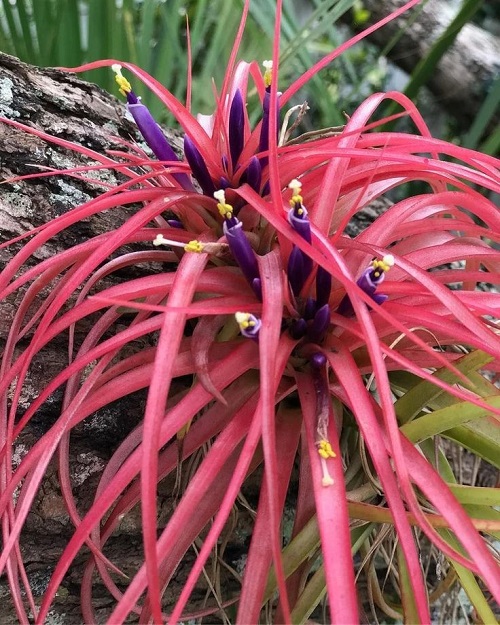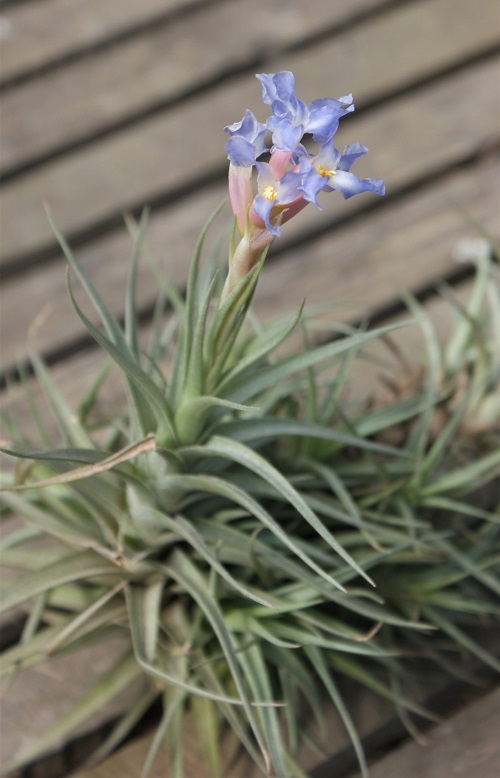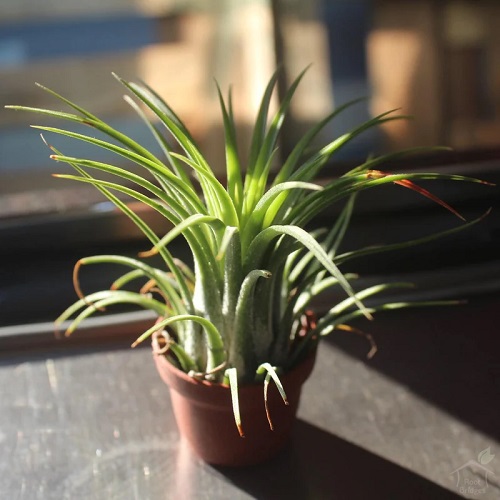Are you curious to know: Do All Air Plants Bloom? Find the answer in this informative post and solve your query.
Air plants, also known as Tillandsia, have gained immense popularity in indoor gardening due to their unique ability to thrive without soil. These beautiful plants are not only renowned for their low-maintenance nature but also for their captivating blooms. However, the question that many enthusiasts have is: Do All Air Plants Bloom? So, let’s check out the answer to this question, as understanding air plant blooms can add a new layer of appreciation to these charming botanical wonders.
Air Plant Blooms Explained
Air plants and their beautiful flowers are fascinating aspects of these remarkable plants. While not all air plants bloom, those offer a striking visual spectacle. The beautiful flowers of these air plants vary widely in appearance, depending on the species. Some produce vibrant, tubular flowers in colors like red, pink, purple, or even orange. Others have delicate, wispy petals that resemble miniature orchids.
The flowers often emerge from the center of the plant, creating a beautiful contrast with the plant’s typically silver-green foliage. Blooming can occur depending on the variety of air plants. However, environmental factors, including humidity, light, and temperature, play a significant role in triggering the blooming process.
Want to know if Air Plants Need Sun? Read here
Which Air Plants Bloom?
1. Tillandsia Ionantha
Bloom Time: Winter to Early Spring
These air plants are famous for their vibrant, tubular red, pink, or purple flowers. They maintain a small and compact appearance with silver-green leaves, typically reaching a height of 1-3 inches.
2. Tillandsia Stricta
Bloom Time: Spring to Early Summer
These beautiful air plants show striking purple, lavender, or pink flowers from spring to early summer. They exhibit upright leaves and can grow 4- 6.5 inches tall.
3. Tillandsia Capitata
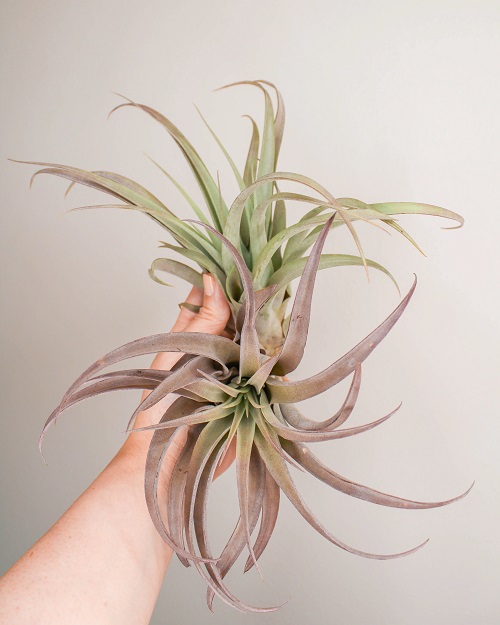
Bloom Time: Spring to Summer
This air plant puts on a bright red or pink inflorescence show featuring feathery petals in spring and summer. They form a rosette of thick, silvery-green leaves and typically stand 4-6 inches tall.
4. Tillandsia Xerographica

Bloom Time: Late Spring to Early Summer
From late spring to early summer, Tillandsia Xerographica boasts pale peach or pink flowers. They are known for their impressive size, with long, silvery-gray, curling leaves.
5. Tillandsia Streptophylla

Bloom Time: Spring
Typically blooming in the spring, Tillandsia Streptophylla presents pink to lavender blooms. The variety of these plants forms a rosette with twisted, curly, silvery-gray leaves. However, their size can vary from 4-8 inches.
6. Tillandsia Brachycaulos
Bloom Time: Winter to Spring
Known to bloom from winter to spring, Tillandsia Brachycaulos showcases bright red or purple blossoms. Their bright green leaves may turn red or pink during flowering and typically grow 6-12 inches tall.
Read About How Big do Air Plants Get here
7. Tillandsia Bergeri
Bloom Time: Spring
Blooming in spring to early summer, Tillandsia Bergeri features blue-purple hues of beauty. They have silvery-green leaves with a spreading growth habit, and their size varies depending on environmental factors.
8. Tillandsia Fuchsii
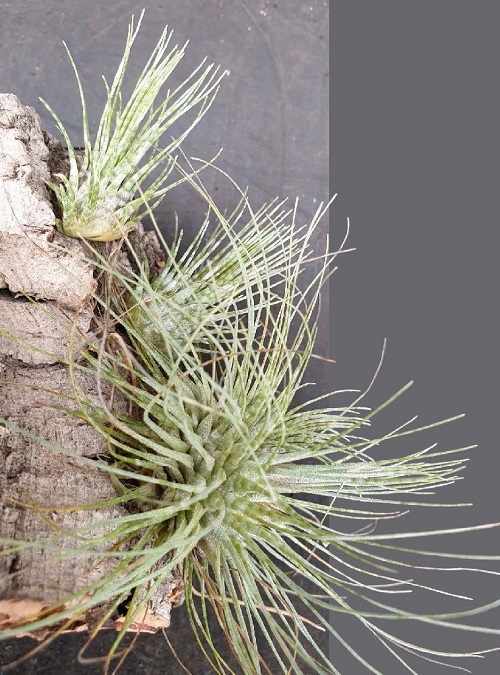
Bloom Time: Spring to Early Summer
Typically blooming from spring to early summer, Tillandsia Fuchsii presents purple to pink tubular flowers. These beautiful plants have slender, trailing leaves with a silver-gray tint.
Factors Affecting Air Plants Bloom
Sunlight
Adequate but indirect sunlight is essential for air plants to bloom. Place them in a location with bright, filtered light, such as near a window with sheer curtains.
Water
Proper watering is crucial for air plants to bloom. They absorb moisture through their leaves, not roots. The most common watering methods include misting and soaking. Remember to dry thoroughly after watering to prevent rot, which can inhibit blooming.
Temperature
Air plants have specific temperature preferences. They thrive in a temperature range of about 10°C to 32°C. Avoid exposing them to extreme cold or heat, which can damage the plant and hinder blooming.
Want to know What a Healthy Air Plant looks like: Read here
Fertilizers
Tillandsia obtain most of their nutrients from the air and water. However, you can occasionally use a diluted, water-soluble orchid or bromeliad fertilizer. Apply fertilizer sparingly, usually every 1-2 months during the growing season for best blooms.
Other Factors
Some air plants may benefit from occasional grooming to encourage blooming. This can involve gently trimming off any overgrown or damaged parts. Providing adequate humidity through misting or humidity trays can also support healthy growth and blooming.

